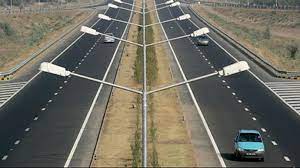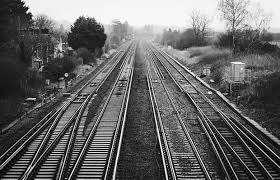Transportation plays a crucial role in the economic and social development of a region. In India, the diverse landscape and socio-economic disparities make transport infrastructure an essential tool for reducing regional imbalances and promoting economic growth. However, there is no one-size-fits-all approach to transport development in India, as the country is home to a wide range of regions with unique needs and challenges. In this article, we’ll explore the complementary roles of transport in regional development in India.
Table of Contents
Road Transport
Road transport is the most dominant mode of transportation in India, accounting for over 80% of passenger traffic and 60% of freight traffic. The construction of new highways and expressways, such as the Golden Quadrilateral, has significantly improved connectivity and reduced travel time between major cities. Road connectivity is particularly crucial in remote areas where other modes of transport may not be available or practical. Better road connectivity can lead to improved access to healthcare, education, and job opportunities, and can also spur tourism.

Rail Transport
India has one of the largest railway networks in the world, with over 67,000 km of track and 7,000 stations. Rail transport is a more energy-efficient and eco-friendly mode of transportation than road transport, and it can be particularly useful for long-distance travel and the transportation of goods. The railways can also serve as a lifeline for remote areas, providing access to essential goods and services and connecting them to urban centers. In recent years, there have been efforts to upgrade and modernize the railway system in India, such as the introduction of high-speed trains and the expansion of suburban rail networks in major cities.

Water Transport
India has an extensive network of inland waterways, with over 14,500 km of navigable waterways. Water transport can be an economical and efficient mode of transportation for bulk goods and raw materials. It can also be particularly useful in areas where road and rail connectivity is poor or non-existent. In recent years, there have been efforts to develop and modernize the country’s water transport infrastructure, such as the development of the National Waterway 1 on the Ganga-Bhagirathi-Hooghly river system.

Air Transport
Air transport is the fastest mode of transportation, and it can be particularly useful for long-distance travel and the transportation of high-value goods. The growth of the aviation sector in India has led to increased connectivity and reduced travel time between major cities. Airports can also serve as hubs for economic development, attracting investment and creating job opportunities. In recent years, there have been efforts to develop and modernize the country’s aviation infrastructure, such as the expansion of existing airports and the construction of new airports in tier-2 and tier-3 cities.

In conclusion, the complementary roles of transport in regional development in India are crucial for reducing regional imbalances and promoting economic growth. A well-planned and integrated transport system can improve access to essential goods and services, create job opportunities, and spur tourism. It is essential to recognize the unique needs and challenges of each region and to develop a customized transport plan that meets those needs. By doing so, India can achieve inclusive and sustainable development across the country.
Important Links